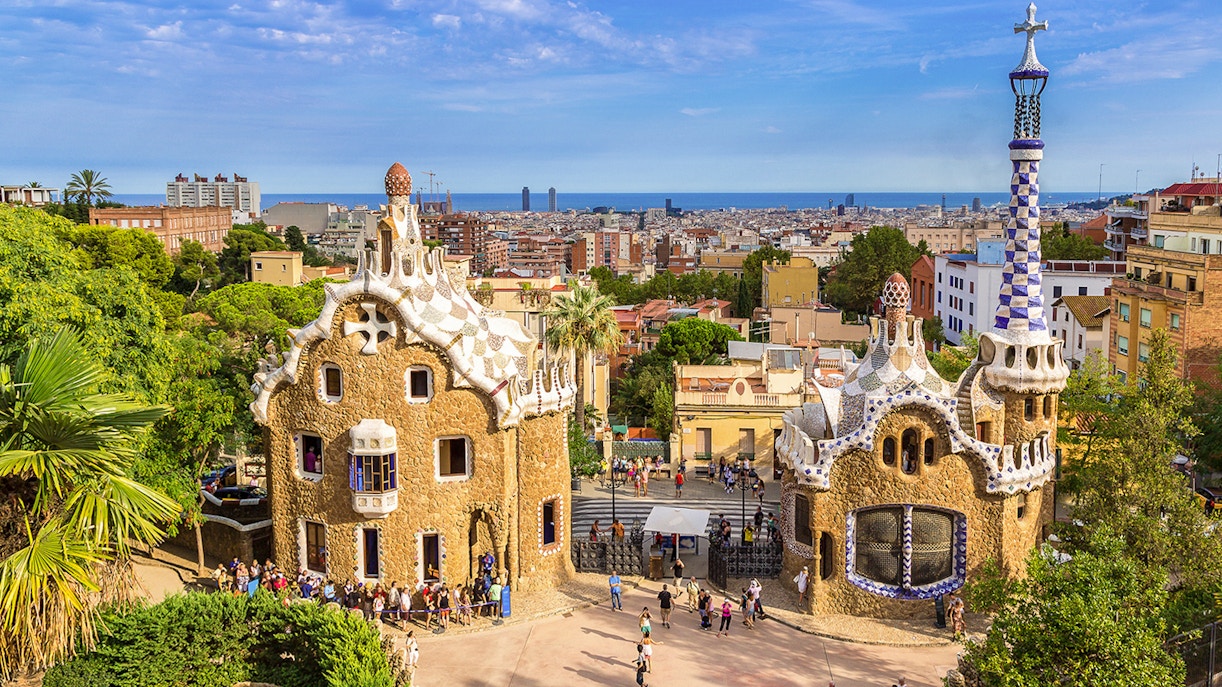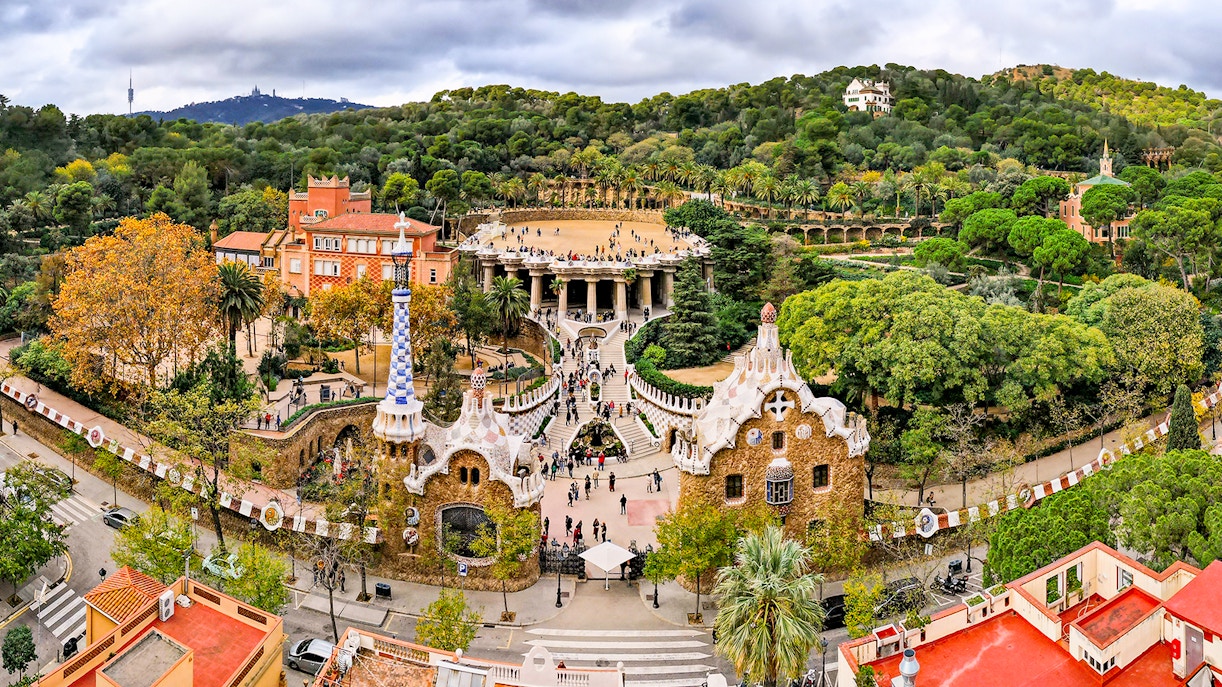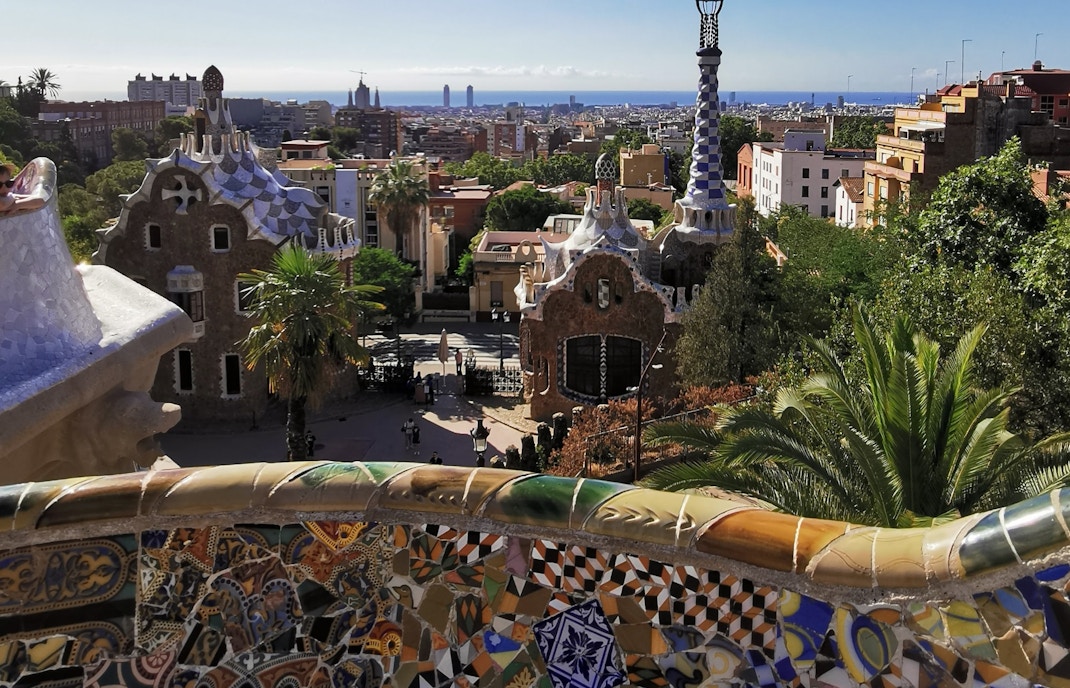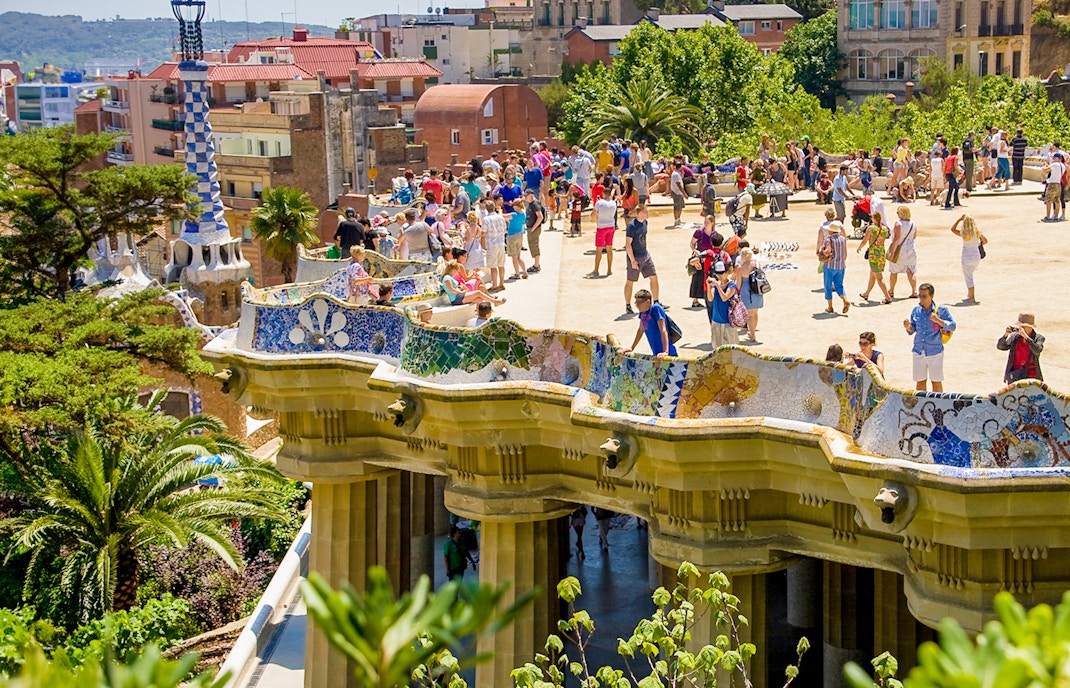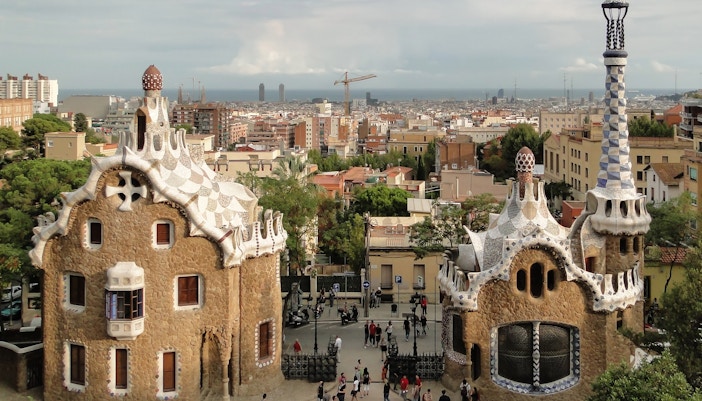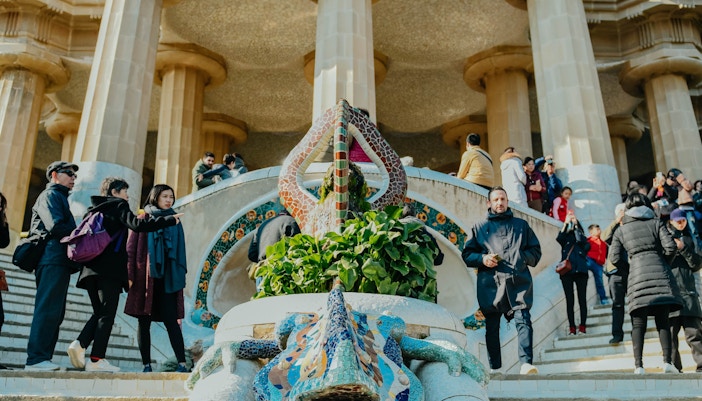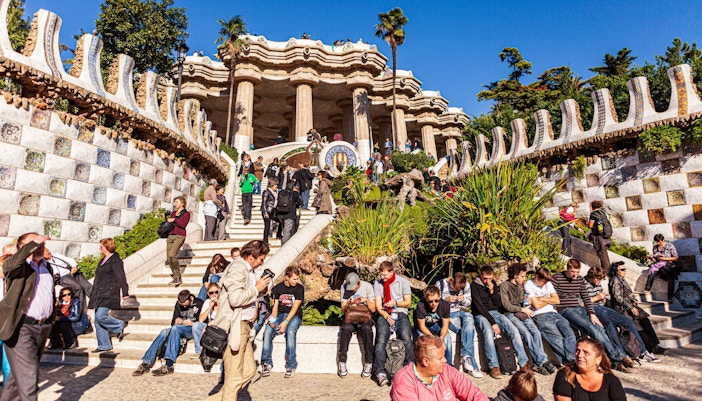- Originally dreamed up as a private residential area for Barcelona’s elite, Park Güell is where Antoni Gaudí let his imagination run free, turning the hillside into a surreal blend of nature, art, and architecture.
- His love for natural forms shines through in the covered walkways, galleries, and arched passages that seem to grow straight out of the Mediterranean hillside.
- Now a proud UNESCO World Heritage Site, Park Güell has traded private luxury for public wonder—and today, it enchants thousands of visitors daily with its fairy-tale charm and mosaic magic.

